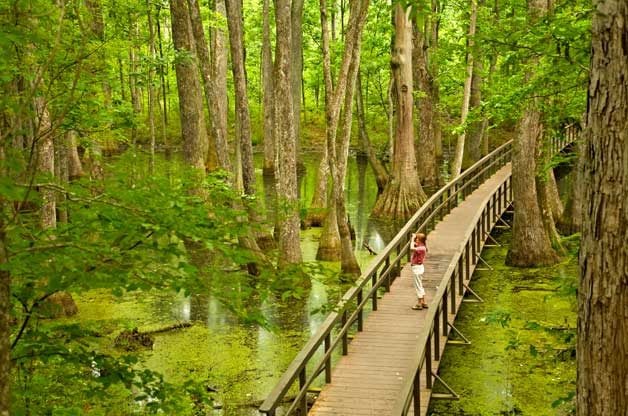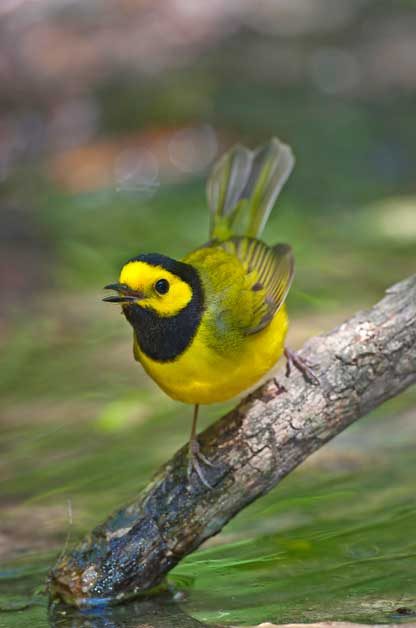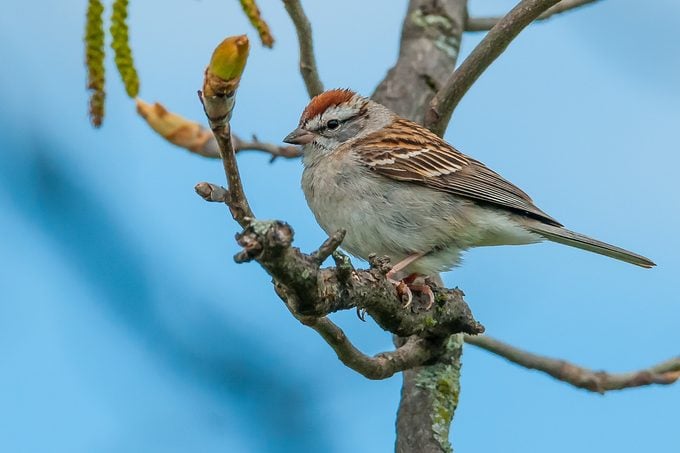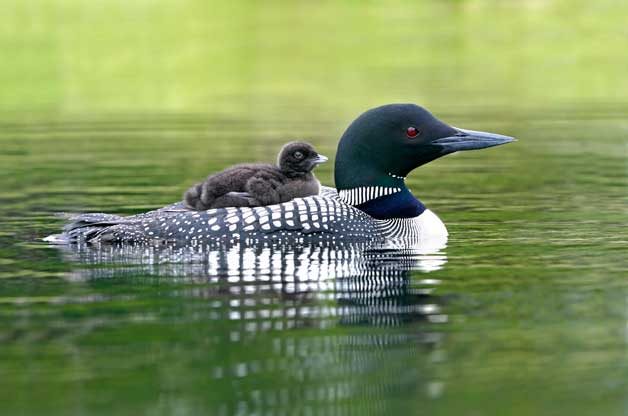Go Birdwatching in Different Bird Habitats
Updated: Mar. 21, 2024

Understanding specific habitats can help you identify the birds that live there. Spot more species by exploring more types of bird habitat.
We like to make a connection between birding and everyday activities people can relate to. Take shopping, for example. Have you ever thought about how going in search of particular items at a shopping center is like bird-watching? To find what you’re looking for, you have to go to the right store. Birding is similar, because every species has its own preferred bird habitat.
The prothonotary warbler likes swamps, so you wouldn’t look for one out in the desert. The American pipit lives in wide-open spaces, so you wouldn’t expect to find one in the middle of a dense forest. Learning about bird habitat preferences can help us find different species in particular places, and help us to identify the ones that we find.
Different Types of Bird Habitats

Of course, in the shopping center, most stores have signs out front, making them easy to recognize. Natural habitats don’t always have signs posted, so we have to identify them for ourselves. Here are a few examples of fine bird habitats.
Forest or woodland: This is the most widespread habitat in North America, but there are many different kinds of forests, each with its own typical birdlife. The birds in a spruce forest usually will be different from those in a forest dominated by oaks and hickories. A typical forest usually has several layers, including a canopy and an understory of lower vegetation, and different birds can be found in these different tiers. A few of the many birds that call the forest home are the red-shouldered hawk, pileated woodpecker, yellow-throated vireo, eastern screech-owl and wood thrush.
Wetlands: Bogs, fens, marshes and swamps are all wetland habitats. Wetlands, which support aquatic plants, are essential habitat for many wonderful, often elusive birds. Birds commonly found in wetlands include the iconic great blue heron, the secretive sora, swamp sparrows, red-winged blackbirds and common yellowthroats.
Grasslands or prairie: A field of grass might not seem like the best place for birds to raise young, but many species build their nests very low, or even on the ground. Many of our favorite birds rely on grasslands for nesting, and because this habitat is disappearing, some of these species are declining in numbers. Let’s hope that more people will understand the value of grasslands to birds like the bobolink, meadowlark, dickcissel, greater prairie-chicken and Henslow’s sparrow.
Scrub-shrub: At first glance, scrub-shrub habitat might not look like much. Characterized by low shrubs, short trees and other woody plants, scrub-shrub looks like a forest that failed. Lack of understanding and appreciation of its value has led to a serious loss of this important habitat. Yellow-breasted chats, Florida scrub-jays, field sparrows and blue-winged warblers are just a few of the birds that rely on scrub-shrub to build their nests and raise young.
Vacant lot: A vacant lot is habitat? You bet! For some birds, every scrap of habitat matters. We have seen killdeers in more open lots and gray catbirds in shrubby ones. Some housing developments in Florida even have burrowing owls nesting in vacant lots.
Backyard: Your yard is automatically going to be a habitat of some kind, and if you think about providing shelter, food and water, it could accommodate many birds! Some of the species that move into backyards readily include Eastern bluebirds, chipping sparrows, Northern cardinals and mourning doves.

Use Habitat to Identify Similar Birds
An awareness of habitat doesn’t just help with finding birds—it helps us identify them, too. For example, several kinds of small flycatchers look very much alike, but tend to have different haunts. Willow flycatchers are usually in scrub-shrub thickets or in willow groves along streams; least flycatchers prefer edges of woods or old orchards; while Acadian flycatchers are found deep inside swamps. These habitat clues are often easier to discern than any field mark.
Paying attention to habitat can even help with the challenge of recognizing birds by sound. Chipping sparrows, swamp sparrows, pine warblers, worm-eating warblers and dark-eyed juncos all sound similar, singing a simple, dry trill. But their habitat preferences can help tease out who’s doing the singing and turn a challenge into a “trilling” experience!
The chipping sparrow is a common backyard bird for many people because it likes the semi-open habitat of suburbs and farmyards. But what if you hear a similar song coming from the middle of a marsh? Chances are you’re hearing a swamp sparrow. If the song is coming from the treetops in a grove of pines, the bird may be a pine warbler, but if you hear it from near the ground on a hillside in dense woods, it could be a worm-eating warbler. And if it comes from treetops in a cool, moist evergreen forest, you may be hearing a dark-eyed junco. Even the most experienced birders use habitat clues to help them identify bird voices.
Now you know how learning bird habitats can help you. But increasing your awareness and understanding of habitats can help birds, too. The more we understand the habitat preferences of different species, the better equipped we are to protect these areas and the birds that depend on them for survival.
8 Birds and Their Habitats

Horned lark. Wide-open spaces, like plowed fields, beaches, tundra, desert, plus airports and other areas of short grass.
Common loon. In summer, Northern ponds surrounded by evergreen forest. In winter, open ocean bays or large lakes.
Summer tanager. Forests of oak and pine in the Southeast, cottonwood groves along rivers in the Southwest.
Cactus wren. Mostly desert areas. Locally, also in dry, brushy woods.
Black oystercatcher. A shorebird that avoids sandy shores, spending its time on rocks pounded by waves.
Hooded warbler. Understory of rich, moist woods, edges of swamps.
Baltimore oriole. Edges of deciduous forest, open groves, parks and towns with lots of shade trees.
Wood duck. Swamps, rivers, ponds surrounded by tall trees.




















